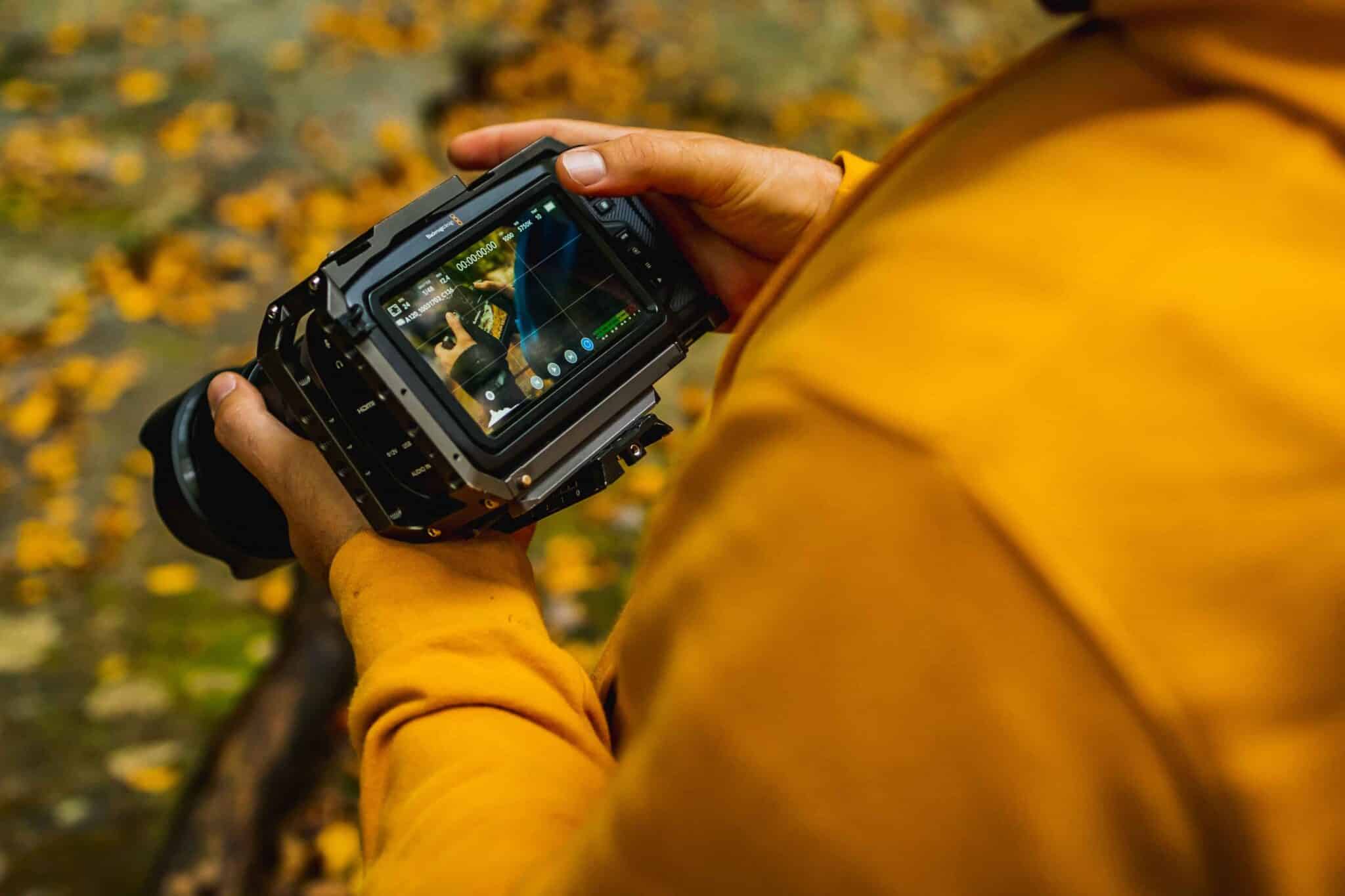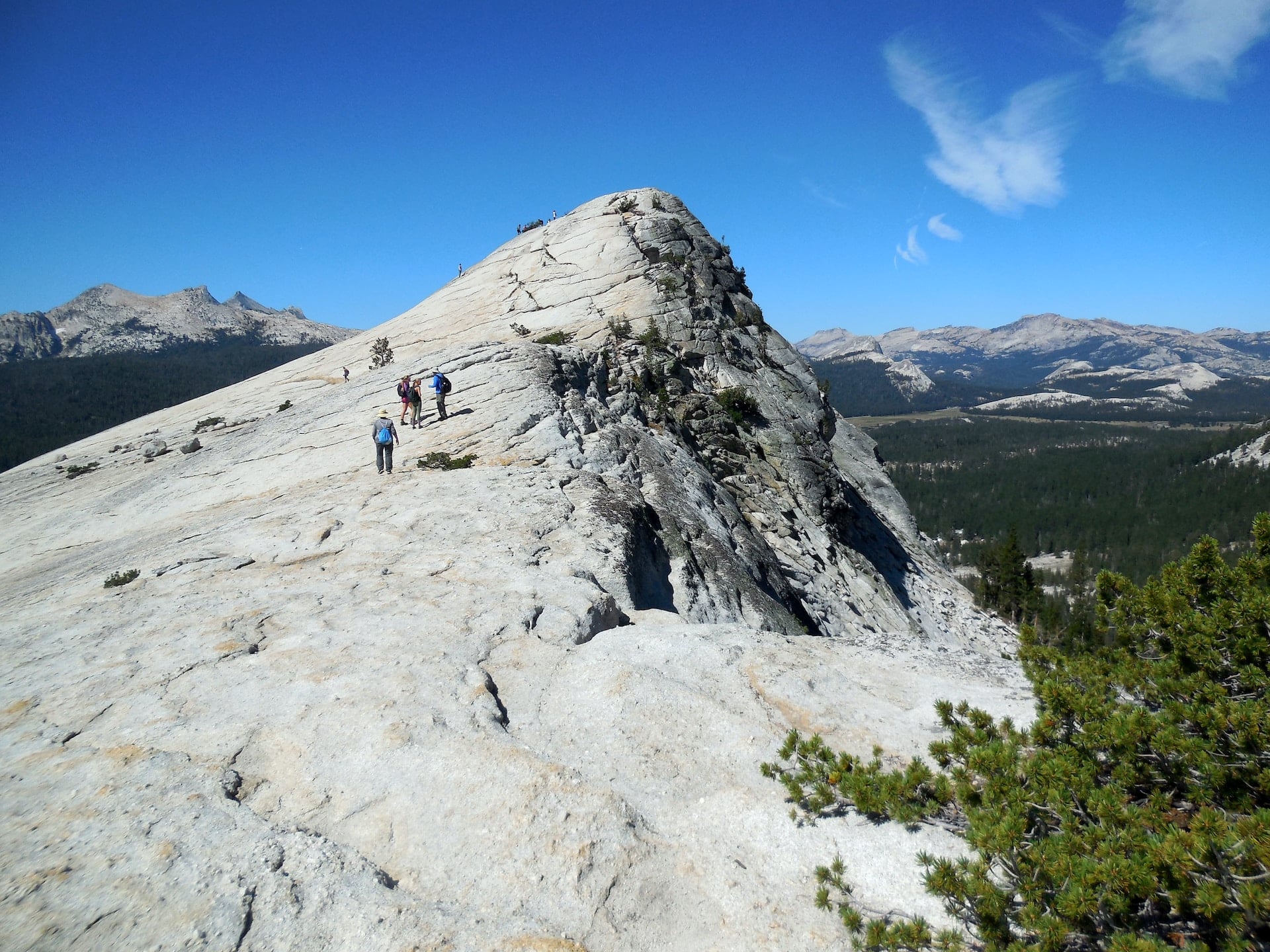When you automate your content creation, you set your tour company apart from the others. In the fast-paced realm of the travel industry, where captivating an audience and maintaining a vibrant online presence is key, tour operators find themselves navigating a delicate balance between showcasing their unique offerings, offering amazing customer support, and efficiently managing their digital content.
Enter the era of automation – a game-changer for tour operators seeking to streamline their content creation processes.
In this blog, we’re going to explore the power of automating content creation across various facets of a tour operator’s digital landscape, from social media and website management to blog posts, flyers, news releases, and compelling visuals.
You’ll learn how this innovative approach not only helps save you time but will help your tour business get into the spotlight, allowing you to focus on what truly matters – creating unforgettable travel experiences.
Table of Contents
Automate Content Creation For Social Media
How To Automate Website and Landing Page Content Creation
How To Automate Blog Post Content Creation
How To Automate Flyers/Brochures Content Creation
How To Automate News & Press Releases Content Creation
How To Automate Videos/Images Content Creation
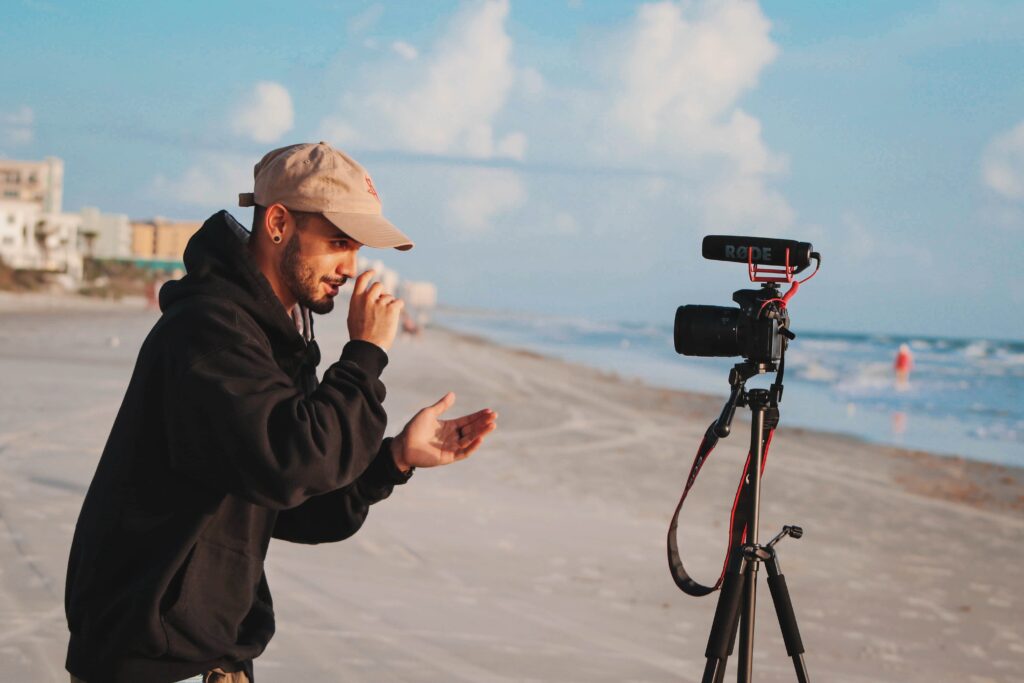
Automate Content Creation For Social Media
Social media has always been a powerful tool for tour operators to show off their tour offerings and engage with their audience. Tour operators can use different tools to automate their content generation for social media, as well as track and analyze to stay competitive and maintain a consistent online presence without spending so much time on it.
Social Media Platforms
Facebook is a dynamic marketing tool with features like targeted advertising, visual storytelling, and community building. As a tour operator, you can use it to showcase your trips, share engaging content, and directly engage with potential customers.
Instagram is a visual-centric social media platform, so you can show off your adventures activities through images and short videos, creating a visually appealing brand presence.
Twitter “X”
Twitter is a real-time microblogging platform known for its brevity and instant updates. You can use it to share timely information, promotions, and engage with a wider audience using hashtags and trending topics.
TikTok
TikTok is a video-centric platform that allows users to create and share short, engaging videos. For tour operators, TikTok offers a unique space to showcase their travel experiences creatively.
YouTube
YouTube is another video-centric platform that enables operators to create engaging and informative video content, including virtual tours, travel guides, and customer testimonials.
How To Automate Social Media Content Creation, Tracking, and Analysis
Social Media Calendars and Schedulers
Social media calendars and schedulers like Hootsuite, Buffer, and Later have become indispensable for tour operators who want to keep an active and engaging social media presence without all the manual and time-sucking tasks that come with “being social” on the internet.
These tools allow operators to plan and schedule posts across multiple platforms in advance. Kind of like a “set it and forget it.”
By automating the posting schedule, tour operators will have a consistent flow of content without having to do it all manually. It helps you when you don’t have the time (or, frankly, the desire) to be on social media that much, even though it’s pretty critical.
User-Generated Content Aggregation
Encouraging customers to share their travel experiences through user-generated content (UGC) is a simple yet effective strategy for tour operators.
To automate the process of collecting and reposting UGC, operators can use tools like TINT or Intellifluence. These platforms help you aggregate content tagged with specific hashtags and work directly with influencers, which helps you quickly curate and display authentic customer experiences on your social media feeds.
This not only fosters a sense of community but also provides potential customers with genuine insights into the tour experiences. You might not have the budget to actually use these programs. In that case, encourage your customers to tag you and use a specific hashtag on social media so it’s easier to find their posts.
Ask Permission
Then ask them for their permission to repost their content. When you post their content, make sure to credit them as well. Bonus: Usually, when you tag your customer, they’ll share your post to their stories, which helps it get more reach.
Hashtag Monitoring Tools
If you want to go above and beyond and stay on top of the latest trends, consider monitoring industry-related hashtags and trends.
You can use tools like Brandwatch or Mention to automate the tracking of specific hashtags related to your niche. Alternatively, if you don’t have the budget, there are a couple of free options: Follow hashtags on Instagram and set up Google Alerts to follow trends.
By staying informed about trending topics and popular conversations, you can create content to align with current interests, engage effectively with your audience, and grow your followers.
Automate Social Media Analytics
We say this a lot because we’re data nerds, but “what gets measured, gets managed.” It’s important to understand the performance of your social media efforts so you can change your content strategy.
You can use automated social media analytics tools like Sprout Social or SocialBee to get insights into engagement metrics, audience demographics, and post effectiveness. And because those also cost money to use, if you’re short on budget, Instagram and Facebook (aka Meta) both offer free analytics within their apps.
Automate Image and Video Editing
Visual content is the essence of social media engagement. You can automate content creation with image and video editing tools. Platforms like Canva, Adobe Spark, or InVideo offer templates, filters, and editing features that simplify creating visually appealing content.
Automating social media creation isn’t just a time-saving strategy—it’s necessary where consistency and engagement are paramount online.
Using social media calendars/schedulers, user-generated content aggregation platforms, hashtag monitoring tools, automated social media analytics, and image/video editing tools, makes managing your social media presence, connecting with your audience, and ultimately driving more business to your tours that much easier.

How To Automate Website and Landing Page Content Creation
Website and landing pages are another aspect you can automate content creation for. Like social media, automating web page content creation is a strategic move that can save you time, maintain consistency, and enhance your overall online presence (hello SEO).
There are a host of benefits to automating web page content creation. It saves you time (like most automated tasks). It keeps your branding, messaging, and information consistent across all the different pages on your website. You can add dynamic content and AI-driven personalization tools to web pages to tailor the content to user behavior, preferences, and demographics which will keep them engaged and likely to lead to more bookings.
Automate Your Home Page With AI
First, use a Content Management System (CMS) like WordPress or Squarespace, which offers user-friendly interfaces and customizable templates. These platforms come with plugins and widgets that can automatically update featured tours, promotions, and captivating visuals, which gives you a dynamic and engaging home page.
Use AI-driven tools like WordLift, SEOPress, or Divi AI to help generate catchy headlines and introductory content based on trending topics and customer preferences.
Landing Pages
A landing page is a dedicated and focused web page designed to convert visitors into customers. It gives you a targeted space to showcase specific tours, highlight unique selling points, and encourage direct bookings. And you need to create an effective one if you want visitors to be your future customers.
Automation tools like Unbounce or Leadpages help you design landing pages with predefined templates, and customized forms, which you can integrate with customer relationship management (CRM) systems.
By automating the process of lead capture and segmentation, operators can tailor landing pages for specific tours, promotions, or target audiences. Further, using dynamic content insertion you can personalize landing pages based on user demographics, ensuring a more relevant and compelling experience, thus, leading to more bookings.
Testimonial/Review Pages
Building trust is a key factor in the travel industry, and testimonials play a crucial role in showing potential customers they can trust you. A testimonial or review page instills confidence, alleviates concerns, and fosters a positive reputation. Not only does publishing real feedback attract new customers but it also strengthens your relationship with existing ones.
You can automate your testimonial collection and publishing by using plugins or widgets integrated into your CMS. Tools like Trustpilot, Google Badge, or Origin automatically gather and showcase customer reviews and display them on a dedicated testimonial page.
Encourage satisfied customers to leave feedback by implementing automated follow-up emails post-tour (Origin does this for you), linking them directly to your testimonial page.
Frequently Asked Questions (FAQ) Page
An FAQ page is a resourceful hub for addressing common queries and concerns potential customers may have about your tours. For tour operators, this page streamlines communication (and minimizes time on the phone or email), providing instant answers and easing decision-making for prospective travelers.
By answering common questions, you enhance transparency, build trust, and demonstrate a customer-centric approach. It’ll also reduce the burden on customer support. Instead, you can focus on delivering amazing adventures while ensuring customers feel well-informed and confident in their choices.
You can automate content creation for FAQ pages with AI-driven chatbots or virtual assistants that analyze customer interactions to identify frequently asked questions. These tools can generate and update content based on customer inquiries, which keeps your FAQ page relevant and valuable. Additionally, use website analytics to identify trending topics and automatically update the FAQ page with new and pertinent information.
By using CMS platforms, AI-driven tools, and review management systems, you can maintain an engaging online presence, improve your SEO, build trust with potential customers, and provide valuable information to inquisitive minds, leading to more bookings and business growth.

How To Automate Blog Post Content Creation
Another critical component of content creation is blogs and articles. When you can automate content creation for blogs, you’ll do four things: build brand awareness, save time and resources, enhance your credibility and trust, and generate more bookings (that’s not all, but those are our top four).
Using diverse and engaging content, including guest posts, you can increase your SEO, reach a wider audience, and build brand awareness. When you automate the content creation process, you’ll save time and resources that can be used to build your business and go on adventures. Further, when you publish high-quality content, you’ll build your credibility and trustworthiness and this will lead to more bookings.
There are a few different kinds of content creation techniques you should try: guest content, curated content, user-generated content, repurposed content, and AI-generated content.
Guest Content:
One of the best ways to diversify your blog and publish different perspectives is by asking industry experts, influencers, or satisfied customers to contribute guest content. Guest contributors bring fresh insights, expand your blog’s reach through SEO and shares, and enhance credibility by associating your tour business with authoritative voices in the travel industry.
Don’t have the time to ask them? Automate it by setting up a submission portal on your website. Use tools like Submittable, Google Forms, or WordPress guest post plugins to streamline the submission and review process.
Curated Content
Another great way to get content on your blog is through curated content. What is curated content? Well, Mailchimp defines it: “Curated content is hand-picked external content you can share on your blog or social media channels…sharing the right content with your audience to boost your credibility and engagement…you find relevant content you can share on your own channels to keep your audience engaged.”
So, where do you go to curate content?
You can use tools like Feedly or Pocket can automatically aggregate content based on specified keywords or topics. You’re essentially finding other articles, blogs, videos, graphics, charts, etc.. that you think your target audience would find helpful and then publishing links (and a summary about it) on your blog. Include your own introduction and conclusion paragraphs that drive home why you made this list/resource.
By curating high-quality content from reputable sources, you can position yourself as an industry expert by keeping your audience informed and engaged without the need for extensive manual research.
User-Generated Content (UGC)
User-generated content doesn’t have to stay on social media. You can repost pictures and videos from your guests on your blog as well (just remember to give them credit).
There are social media integrations you can install on your website to display posts from your account. So, when you post on your Instagram, it’ll also appear on a designated page on your website.
By encouraging your clients to share their experiences through photos, videos, or written stories on social media using specific hashtags, you’ll have powerful social proof of travelers enjoying your adventures. This, in turn, gains trust and influences potential customers to choose your tours.
Republished Content
This is a bit more labor-intensive, but republishing content could help generate more website traffic and, hopefully, increase bookings.
There are different platforms where you can post your content like Medium, LinkedIn, and Quora. By republishing your successful blog posts or articles on different platforms, you can extend your content’s reach and reinforce key messages.
You can automate the republishing process by using different integrations like Zapier or WordPress Plugins, which automate content creation simply by posting it on another platform on your behalf. You can also sign in to the other platform to update some of the content so it’s not completely identical to what’s on your website.
Repurposed Content
Repurposing existing content means adapting it for different formats and engaging your audience in a new way with similar information
You can automate the repurposing process by using tools like Lumen5 to turn blog posts into engaging videos or create infographics with Canva. By turning your written content into something visually appealing, you might reach a broader audience and enhance your blog’s accessibility.
AI-Powered Content Creation
We can’t not have a blog that covers some AI. It’s all the rage—for now. Tour operators with very limited time can lean on AI tools like OpenAI’s GPT-3 to help generate blog post ideas, outlines, and even initial drafts to expedite the content creation process.
It’s really easy to use. Once you create a free account, you enter your prompt into the generator and it’ll spit out whatever you ask it to. Be aware: search engines are starting to crack down on Chat GPT content so make sure that whatever you use from there, you put it in your own words.
Automated Transcription Services
Our final idea to automate content creation is to use a transcription service to transcribe audio. If you have a podcast or an informative video on your social media, you can turn the audio into text, which you can then publish on your blog (and thereby, increasing your SEO).
Instead of typing it all out by hand, you can use apps like Otter.ai or Rev, making it easier to repurpose content for different platforms. Better yet, say you have an idea for a blog post, but you don’t want to type it? You can record yourself and have one of those apps type it up for you.
Automating content creation for blogs through guest content, curated content, user-generated content, republished content, and repurposed content is a really good strategic move for tour operators.
This approach not only helps you keep a consistent and engaging blog but also maximizes efficiency. Instead of coming up with new blog ideas constantly (which takes a lot of time), you can focus on other business activities while reaping the benefits of a robust online presence, increased brand awareness, and ultimately, higher sales.
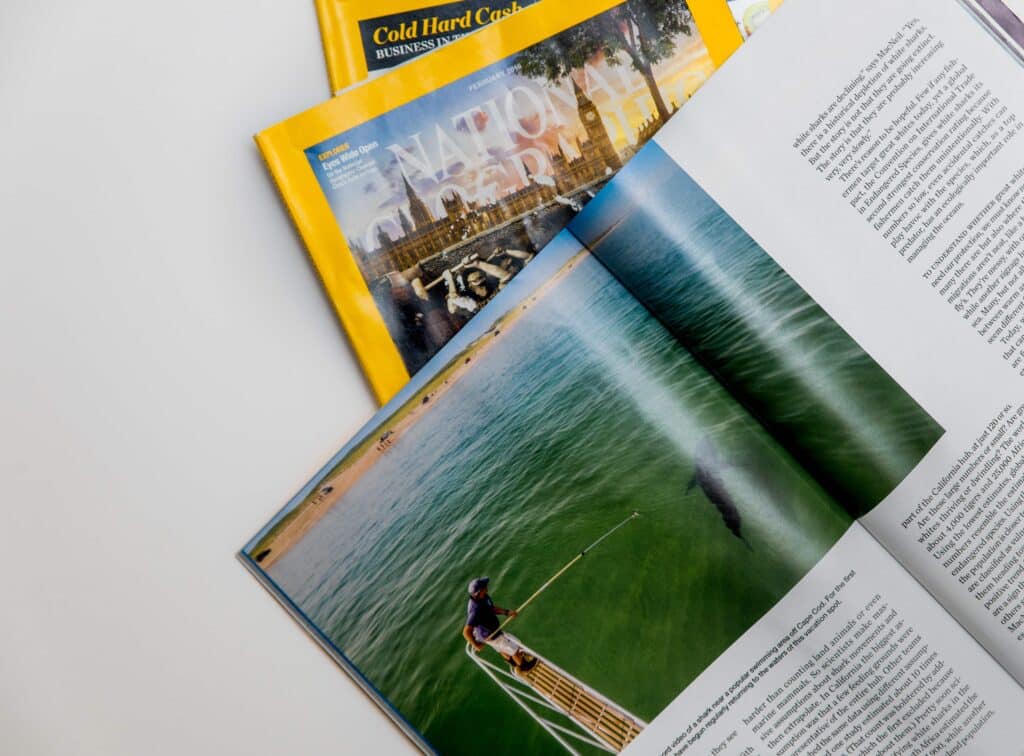
How To Automate Flyers/Brochures Content Creation
Flyers and brochures are portable marketing tools that give travelers essential information such as adventures you offer, itineraries, highlights, and contact details. They help captivate and inform potential customers quickly when they’re in visitor centers, hotels, restaurants, cafes, and tourist information centers.
While printed materials may seem a little old school, you can also create digital flyers that spark interest, build brand recognition, and entice travelers to explore your unique experiences. A well-designed flyer will effectively communicate the value of your tours which will get you more bookings.
There are ways to automate content creation and distribution for flyers and brochures too and it doesn’t have to be complicated or time-consuming. Here are a few different ways to do that:
1. Automate Content Creation and Design for Flyers With Apps
Two tools we’ve already recommended are Canva and Adobe Spark. You can use either of these to create visually appealing and professional flyers or brochures.
What’s great about these apps is that they have templates, graphic elements, and easy customization options which will help streamline the design process. You’re also able to duplicate and change your design super efficiently while also being able to publish your flyers directly where you want to.
2. Printing and Distribution
Automate the printing process by partnering with digital printing services that offer online order placement.
This blog is going to seem like we’re sponsored by Canva (we’re not, we’re just big fans), but you can actually design, print, and ship your brochures from the Canva platform. If you want to automate content creation (and printing and shipping) for your brochures, then Canva might be the best way to go. Other options are DirectMail and Post Grid, but you’ll have to design your brochure first.
QR Code Integration:
Everything comes with a QR code now: Menus, products, storefronts, receipts, and business cards. Join the club and add QR codes to your flyers or brochures to link to dynamic content or promotions.
Automated QR code generation tools can streamline this process. Travelers can easily scan the code with their smartphones, providing instant access to additional information, discounts, or tour booking pages. This enhances the interactive nature of promotional materials, driving engagement and conversions.
3. Digital Distribution Channels
If you’d rather stay digital, there are more options to automate content creation and distribution for flyers and brochures.
You can create PDFs or interactive digital brochures that can be easily shared through email campaigns, social media, or your website. You can use something like Flipsnack or Issuu. Automated digital distribution increases the reach and accessibility of your promotional materials, especially for travelers who prefer digital content.
4. Collaboration with Tourism Partners
You can also consider establishing partnerships with tourism-related businesses nearby and sharing each others’ promotional materials. Coordinated efforts with hotels, restaurants, and local businesses can help you share your flyers and brochures automatically with a different audience.
For more ideas on partnerships and how to do it, read our blog: Networking 101: Tips For Guiding Businesses.

How To Automate News & Press Releases Content Creation
Press releases are crucial for tour operators. It’s a great way to share noteworthy company updates (e.g. mergers, new hires, etc.), launches (e.g. new trip offerings), or achievements (e.g. awards, recognitions, etc.) with the media and the public. By distributing press releases, tour operators can shape their narrative, build brand awareness, and establish credibility in the competitive travel industry.
Publishing press releases is a strategic approach that not only entices potential customers but also captures the attention of journalists, influencers, and travel enthusiasts.
When you automate content creation and distribution for press releases you’ll be able to quickly share important updates and announcements with the media and the public without the hassle of doing it manually. Here are a few ways to streamline press releases:
1. Use Press Release Templates
Create standardized press release templates outlining the structure and key elements. Use apps like Microsoft Word or Google Docs to populate these templates with specific details such as tour names, dates, and highlights. Create a template and add elements that never change about your company, then any time you want to create a new press release, just Copy the original and create a new document from there.
2. Implement Content Creation Tools
If you’re short on time or don’t know where to start when creating your press release, use content creation tools, including AI-powered platforms like Chat GPT-3, to create first drafts of press releases.
These tools can help you write engaging and informative content, which can save you time in the initial writing phase. Make sure to put it in your voice so you don’t come across as robotic.
3. Schedule Automated Release Dates
Use scheduling tools within press release distribution platforms to set specific release dates and times. That way, you can plan announcements strategically and publish them on time without manual intervention.
If you don’t have the budget for this, it might be worth the manual labor to find appropriate news media organizations who’d be interested in your news and create a running list of contact information instead.
Alternatively, you can use general press release distribution platforms like PR Newswire, Business Wire, or PRWeb. These platforms offer automated distribution services, reaching a wide network of media outlets, journalists, and news aggregators.
4. Add RSS Feeds for Automatic Syndication on Your Website:
Set up Really Simple Syndication (RSS) feeds for your press releases. This will create an automatic syndication of releases to various news websites and platforms, maximizing reach and exposure without having to manually submit your press releases.
5. Implement Email Marketing Automation:
If you have an email marketing platform (which we highly recommend), you can create targeted lists for journalists and media contacts. When you have a new press release, you can automatically distribute it to relevant recipients directly through your email platform.
6. Social Media Automation:
While you might not think of social media as the first place to publish a press release, it certainly isn’t the last. For instance, Facebook is a great place to publish long-form content still. Alternatively, you can create different slides on Instagram with paragraphs from your press release with engaging graphics to engage your followers.
You can automate this with scheduling tools like Buffer or Hootsuite. Your announcement will end up reaching a broader audience through different channels, generating more visibility and engagement.
7. RSS-to-Email Automation:
Our final suggestion to automate news and press release content creation and publication is setting up RSS-to-email automation to automatically notify your email subscribers when a new press release is published.
This ensures your audience, including media and stakeholders, get timely updates without you having to manually let them know. Most email marketing platforms today have instructions to set up an RSS-to-email campaign. Just google, “how to set RSS-to-Email Automation + your email marketing platform” and you’ll find instructions.
By automating the press release creation and distribution process through tools and platforms, you can make sure your important announcements reach the right audience at the right time. This will help you earn increased media coverage and grow your business.
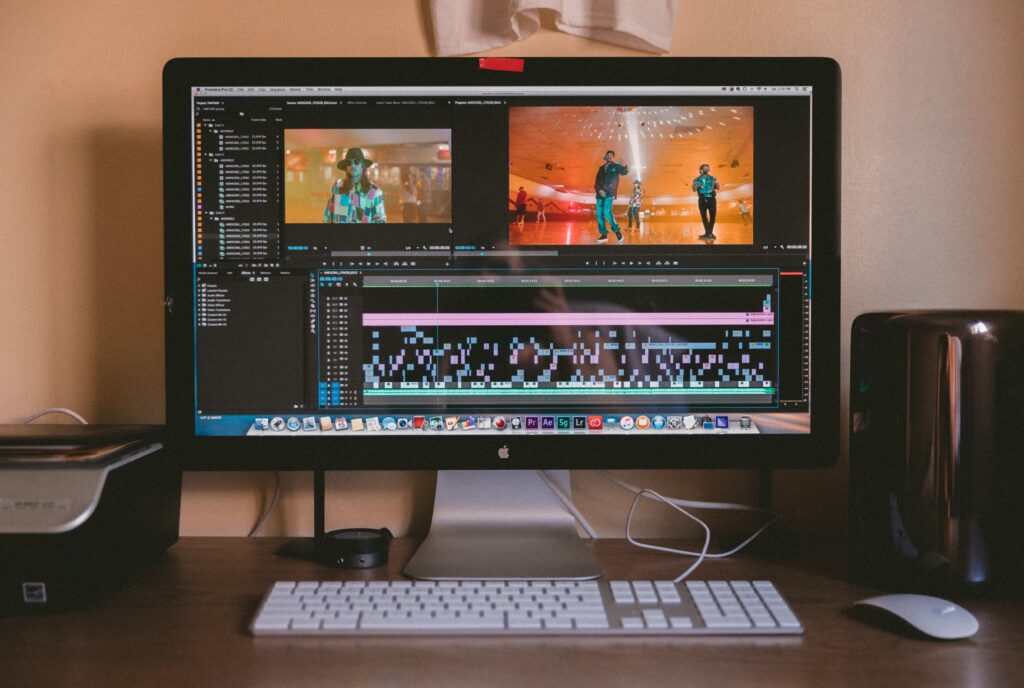
How To Automate Videos/Images Content Creation
Our final suggestion to automate content creation is streamlining videos and images. We all know how indispensable images and videos are in the travel industry. They can evoke emotions words alone can’t. They entice potential travelers with glimpses of destinations, activities, and the allure of unique tours that only you can provide.
As a tour operator, having a well-curated visual strategy not only showcases the authenticity of your tour offerings but also builds trust and anticipation, which in turn, inspires more bookings.
Automated Image and Video Editing
You can speed up the content creation process by using tools like Canva, Adobe Spark, Lumen5, InVideo, Clipchamp, or Promo to generate professional-looking visuals with minimal effort. These tools often provide templates, stock images, and customization options, enabling operators to quickly create engaging content.
Use Batch Processing for Efficiency
Implement batch processing for repetitive editing tasks. As much as we would love for photos to come out perfectly, with eye-popping greens and blues, sometimes they look bland—which doesn’t do too well when trying to sell an adventure.
Automation tools like Adobe Photoshop or BatchPhoto or apps like VSCO can apply edits, filters, or resizing to multiple images simultaneously. This ensures a consistent visual style across photos and videos and saves significant time compared to manual editing.
Integrate User-Generated Content (UGC)
Similar to social media, integrating user-generated content into your marketing materials provides a very real experience for interested travelers. People seeing your customers having the time of their lives on their tours encourages others to trust they’ll have the same experience. Plus, it creates a sense of community amongst you and your clients that other folks will want to join.
As we mentioned above under the social media section, you can use apps like TINT or Taggbox to collect content tagged with specific hashtags from social media platforms. You don’t have to use these apps either. You can actually follow hashtags on Instagram so come up with something creative and follow it. Just make sure to ask for permission before using photos and then give credit when you republish them.
By incorporating a mix of tools and platforms that streamline the creative process, operators can efficiently create engaging visuals, maintain a consistent brand identity, and capture the attention of their target audience in the competitive landscape of the travel industry.

In Conclusion
Whew. If you’re still with us, or if you just skipped to this part, let’s sum up what we covered:
You can automate content creation for social media, websites, blog posts, flyers/brochures, news and press releases, and videos/images. In fact, it’s essential for tour operators looking to save time and maintain a strong online presence.
Tools like Hootsuite, TINT, Brandwatch, Sprout Social, Canva, and Adobe Spark help operators plan, schedule, and analyze social media posts, aggregate user-generated content, monitor trends, and edit visuals efficiently.
Automating website content creation involves using CMS platforms, AI-driven tools like WordLift, SEOPress, and Divi AI for dynamic and personalized content.
For blog posts, tour operators can automate through guest content, curated content, user-generated content, republished content, and AI-powered content creation using tools like Submittable, Feedly, Lumen5, and OpenAI’s GPT-3.
Flyer and brochure content creation can be automated with Canva, Adobe Spark, or QR code integration, while press releases benefit from templates, AI-powered content creation, scheduling, RSS feeds, and email marketing automation.
Finally, video and image content creation can be streamlined with tools like Canva, Adobe Spark, Lumen5, InVideo, and Clipchamp, along with batch processing and integration of user-generated content for authenticity and community-building.
Overall, automating these processes enhances efficiency, consistency, and engagement, contributing to the growth of tour operators in the competitive travel industry.

